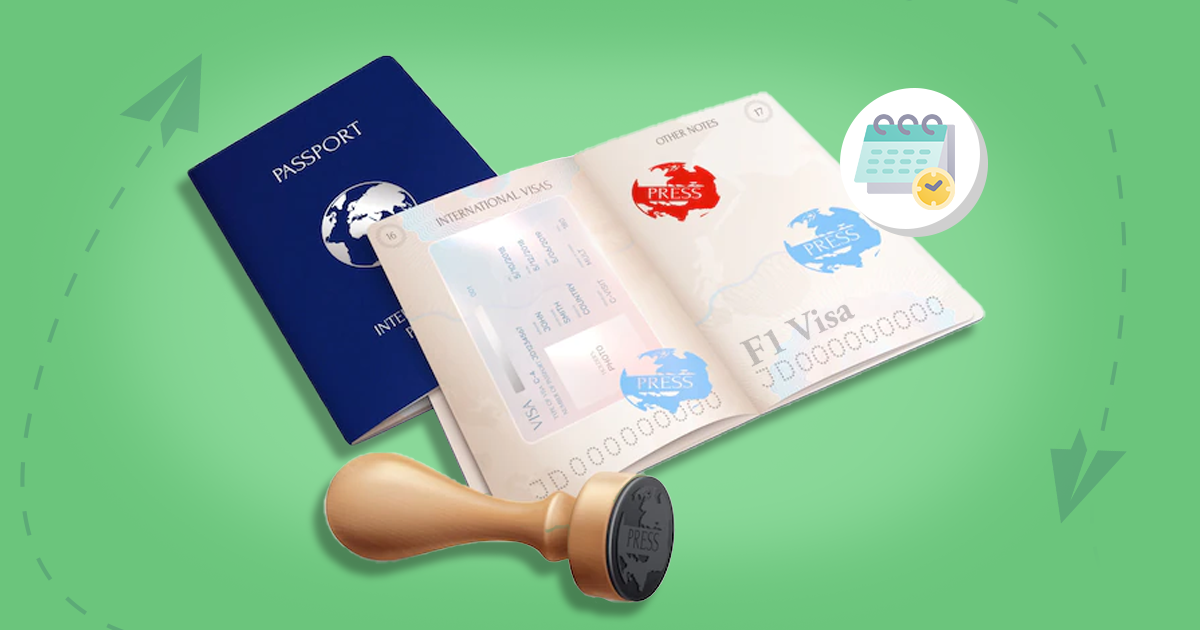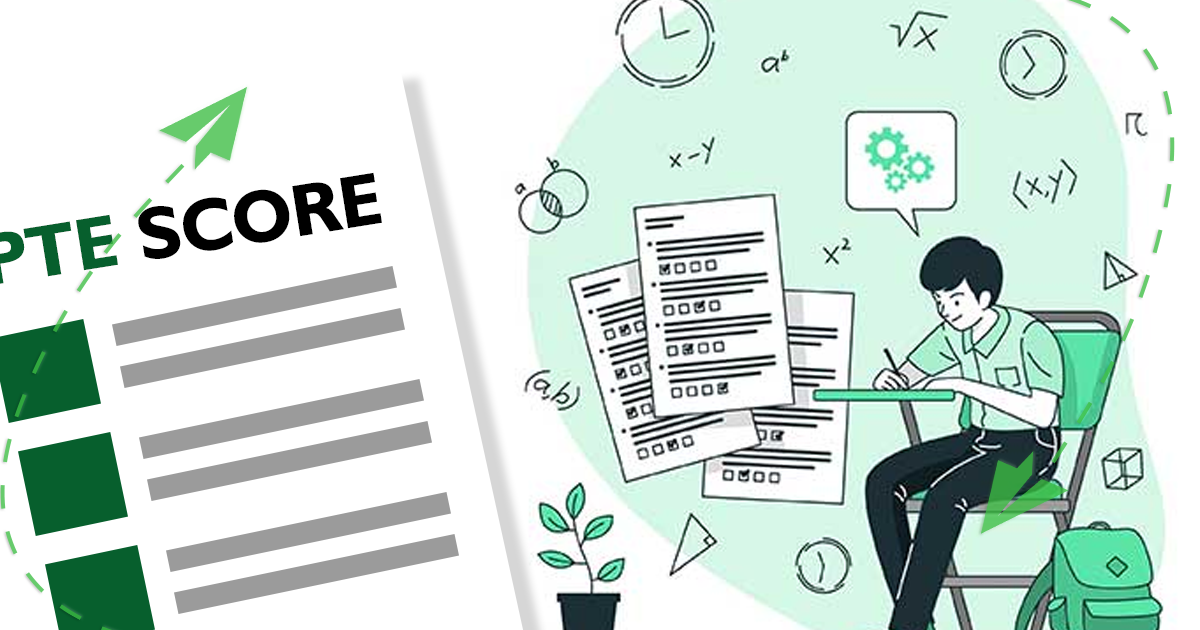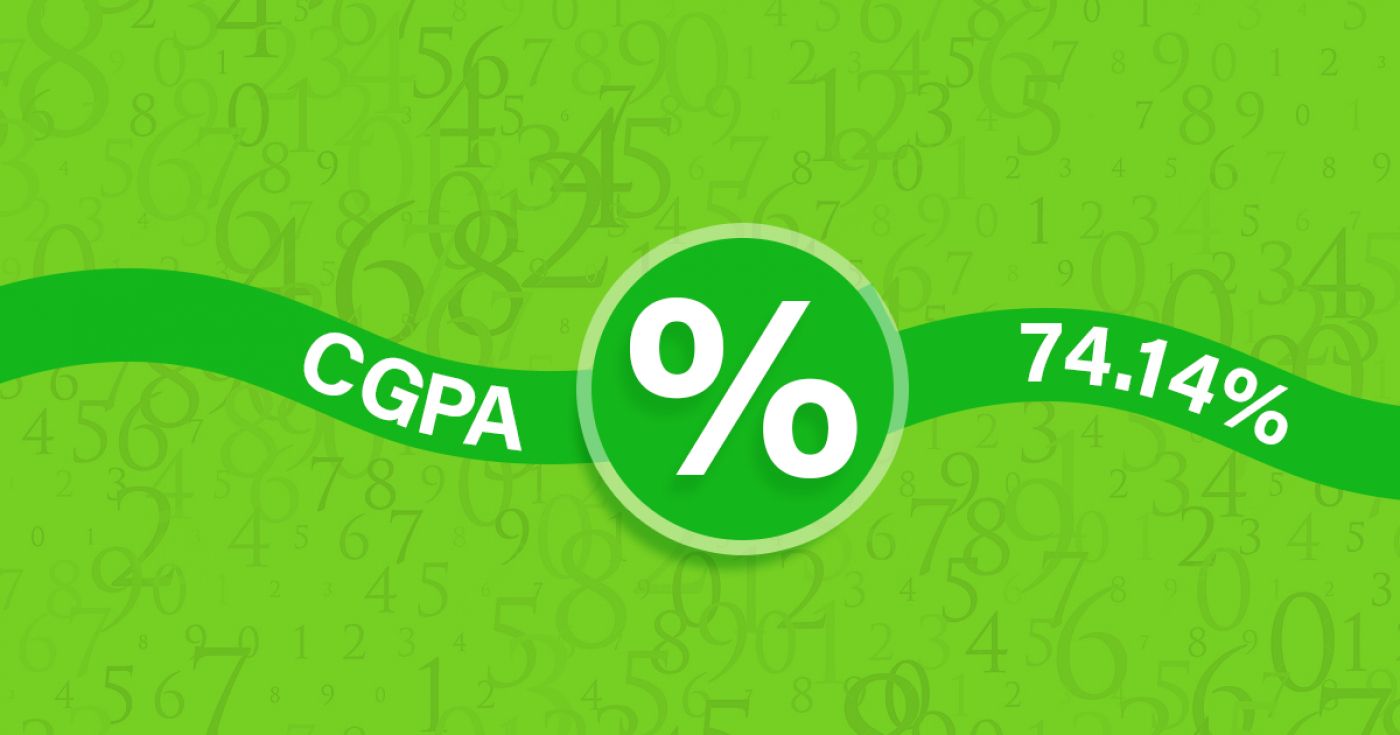Associate in Applied Science - Diagnostic Medical Sonography
at MSM Group - Spokane Community College USA
Overview
Diagnostic Medical Sonography is an allied Health Profession where non-physician professionals perform a diagnostic procedure using high frequency sound waves (ultrasound) to produce dynamic visual images of organs, tissues, or blood flow inside the body. Sonography is used to examine many parts of the body: abdomen, breasts, OB/GYN, thyroid, scrotum, and blood vessels. It is also used to guide needles for tissue biopsy or drain an abnormal fluid collection from a body cavity. Sonography is a radiation-free imaging modality and procedures are performed at the request of a physician.
A diagnostic medical sonographer is a highly-skilled professional who uses specialized equipment to create images of structures inside the human body that are used by physicians to make a medical diagnosis. Prior to starting a procedure, the sonographer must obtain an appropriate history, assess physical findings and review pertinent laboratory data. This information is used to tailor the procedure to ensure comprehensive and diagnostic images are acquired.
Learning Outcomes
- Communicate effectively and in a professional manner with physicians, patients and other members of the healthcare team.
- Competently perform sonographic examinations of the abdomen, superficial structures and obstetrics & gynecology disciplines on patients, while tailoring the examinations to enhance the presence of abnormalities.
- Comprehend a clinical understanding of the anatomy, physiology, pathology, diagnosis and treatment of the major adult and fetal diseases and deformities.
- Establish the ability to quantify, subjectively evaluate and interpret the data collected to assist the physician in arriving at a diagnosis.
- Strive to meet the health care needs of the community.
30
Application Processing Days
Under Graduate
Program Level
Fact & Figures
Full Time On Campus
Study Mode
24
Duration
MSM Group - Spokane Community College
Location
Associate in Applied Science - Diagnostic Medical Sonography Assistant Fee
$22503
Tuition Fee
$0
Average Cost of Living
$100
Application Fee
Associate in Applied Science - Diagnostic Medical Sonography Admissions Requirements
- Minimum Level of Education Required: To be accepted into this program, applicants must have Grade 12 / High School Diploma.

Get superfast admissions at top Associate in Applied Science - Diagnostic Medical Sonography institutes in 2024
Benefits of choosing
➤Admission’s guaranteed at Top institutes across the world.
➤Enjoy exclusive application fee waiver’s with Edmissions.
➤Unlimited FREE Counselling sessions with Edmission’s
Experts
➤Get Tips from industry veterans to crack the IELTS exam in 1
week.
➤Assistance with scholarships, loans, forex, student accommodation and visa guidance.
Work Permit USA
Optional Practical Training or OPT is a period during which students, who have completed their degrees in the USA, are permitted to work for one year on a student visa by the United States Citizenship and Immigration Services (USCIS). OPT allows students to work for up to 3 years and develop real-world skills to survive in the competitive jobs market.
It is temporary employment for a period of 12-months that is directly related to the major area of study of an F-1 student. Eligible students have the option to apply for OPT employment authorization before completing their academic studies and/or after completing their academic studies.
A student can participate in three types of Optional Practical Training (OPT):
- Pre-Completion OPT: This is temporary employment provided to F-1 students before completion of their course of study.
- Post-Completion OPT: This is temporary employment available to F-1 students after completing their course of study.
- 24 Month STEM Extension: Students enrolled in STEM (Science, Technology, Engineering, and Mathematics) courses can a 24-month extension after their initial Post-Completion OPT authorization.
Detailed Program and Facts
30
Application Processing Days
Full Time On Campus
Program Intensity
Under Graduate
Program Level
24
Duration
Study Visa
Other Courses by MSM Group - Spokane Community College,USA
Engineering & Technology
Associate in Applied Science - Automotive-Toyota T-TEN
The Automotive Technology program prepares students for employment in many areas of the automotive field including dealerships, independent garages, fleet shops, service stations and specialty shops which cover areas such as tune-ups and brakes. Students may enter the program in any of the first five quarters.
Students interested in receiving special training in Toyota T-TEN (Technician Training and Education Network) may substitute specialized courses specifically catering to Toyota T-TEN option. Entrance into the program requires an interview with and permission of the instructor. Continuation within the course program requires permission of the instructor. Students must complete each AUTO course with a 2.0 grade or better before advancing to subsequent quarters.
Learning Outcomes
- Understand basic shop operation and safety principles.
- Diagnose mechanical malfunctions and performance problems and make necessary repairs.
- Operate precision automotive diagnostic and repair equipment.
- Interpret repair manuals and computer-based programs dealing with specifications and repair procedures.
- Understand the importance of good public relations with customers, employers, and fellow employees.
- Work with minimum supervision for or with a journeyman technician.
- Skillfully use tools and equipment.
24 month
Duration
$ 25996
Tuition
Business & Management
Associate in Applied Science - Business
The objective of this program is to permit the student maximum flexibility in designing a two-year program of study in business. The student may specialize in a particular area of business such as marketing, management, project management or entrepreneurship; or select courses that provide a general exposure to several areas of business.
The AAS in Business curriculum serves the student by offering modalities for most every course within the degree path for student convenience.
All students graduating from this program must have a minimum grade of 2.0 on each of the Management, Accounting, Economics, and Business required courses. Students must also have a minimum 2.0 cumulative grade point average on all required courses in the program.
Learning Outcomes
- Understand the nature of operations, ownership, marketing, business environmental factors, ethics, human resources, finances, regulations, research methodology, and decision-making processes of business.
- Understand realistic mathematical problems relating to the various segments of today's business world.
- Use desk-top calculators efficiently and demonstrate computer user skills including Internet applications.
- Understand the theory of occupation behavior, the basis of human motivation, cultural diversity, organizational structure, and the leader/manager's role in developing a sound behavioral climate in the business organization.
- Communicate effectively--verbal and written--in order to function in the world of work.
- Emphasize skills in one or more areas of business as well as possess "generalist" skills.
- Participate in a supervised volunteer community service experience.
- Understand international business concepts.
24 month
Duration
$ 26568
Tuition
Marine Sciences
Associate in Applied Science - Wildlife/Fisheries
The associate in applied science degree in Natural Resource Management prepares students to work in the forestry area. This program is conditionally accredited by the Society of American Foresters. Two additional options are available: Parks and Recreation or Wildlife Fisheries. The Parks and Recreation option prepares students for park maintenance and/or interpretive positions. The Wildlife/Fisheries option prepares students to perform field sampling as well as habitat restoration work.
All students must complete an internship of at least 400 hours to complete the degree. Second year: Student may remain in the main program which is forestry based, or they may select one of the two options for an AAS degree which requires a total of 105 credits.
Learning Outcomes
- Identify selected forest trees, shrubs, and forbs native to the Pacific Northwest.
- Use various instruments to measure the height, diameter and age of trees and apply this data to volume, site and growth determinations.
- Identify species and habitat needs of common northwest freshwater fish, birds and wildlife.
- Operate hand compasses, level, global positioning systems, and electronic instruments in determining slopes, turning angles, running traverses, locating ownership boundaries, and determining locations.
- Utilize maps and aerial photographs in the management of natural resources, including through the use of geographic information systems.
- Recognize common diseases and insect pests of forest trees and assess their damage.
- Use the computer as a tool for solving natural resources problems.
- Apply field techniques to sample, measure, and monitor wildlife, birds and fish species and their habitat.
- Demonstrate human relationship skills and professional behavior needed for successful job performance.
- Parks maintenance and equipment.
- Recognize and apply the various silvicultural systems and techniques used in ecosystem management.
- Understand concepts of ecology, conservation and management for fish and wildlife species and their habitats.
- Understand concepts involved in soil science including soil management, conservation, and use of soils in forestry and agriculture.
- Maintain and safely operate a chainsaw.
- Write technical reports and give presentations.
24 month
Duration
$ 20217
Tuition
Engineering & Technology
Associate in Applied Science - Applications (STEM)
From smart phones to autonomous cars, electronic technology is an integral and constantly changing part of our world. An Electronics Engineering Technician degree provides the foundation necessary to pursue a career in this exciting field.
This lab intensive program provides practical, hands-on experience with a variety of equipment used in the industry. Classes are designed to develop the skills necessary to help engineers develop new electronic products and to evaluate, test, troubleshoot, and repair existing products. Graduates find employment with a wide variety of companies including electronic equipment manufacturers, medical equipment manufacturers, service companies, and hospitals.
To qualify for an associate in applied science degree, students must successfully complete seven quarters of study. The first five quarters are common to all the electronics programs. Students then choose to specialize in Avionics, Applications, or Mechatronics.
Learning Outcomes
- State the characteristics of electronic components and circuits.
- Calculate circuit parameters.
- Demonstrate proper safety procedures.
- Construct electronic parameters.
- Use electronic test equipment to evaluate and troubleshoot electronic circuits.
- Explain career related regulatory requirements.
24 month
Duration
$ 24025
Tuition
Environmental Studies & Earth Sciences
Associate in Applied Science - Water Science
The Water Science program is designed to prepare students for employment in water resources, including water and wastewater operations, hydrology, and water quality for local, state and federal agencies, and private industry.
Learning Outcomes
- Install, operate and maintain instruments used in stream gaging and discharge measurement.
- Collect samples, complete field surveys, analyze, and report water quality parameters in the field and laboratory using standard chemical, biological, physical, and field survey techniques commonly utilized in water resource studies.
- Collect, recognize and identify aquatic organisms from invertebrate insects to fish species, relating what is found to the habitat and aquatic ecosystem conditions.
- Install, operate, and maintain instruments used in collecting hydro-meteorological measurements.
- Set up monitoring plans and schedules to collect, measure, analyze and report ground water levels and water quality parameters.
- Be familiar with restoration practices used to improve fish habitat and water quality, including techniques to stabilize slopes, recover degraded lakes and stream courses.
- Utilize, interpret and analyze maps and aerial photographs in the characterization and management of water resources, including through the use of geographic information systems (GIS).
- Operate a hand compass, level, global positioning systems (GPS) and electronic instruments in determining slopes, running traverses, locating ownership boundaries, and determining locations.
- Work safely in a variety of adverse conditions and environments, including obtaining 40-hour Hazardous Waste Operations and Emergency Response (HAZWOPER) certification according to the requirements of 29 CFR 1910.120.
- Have knowledge and understanding of Federal and State laws that pertain to water and the aquatic environment including a good working knowledge of water rights laws.
- Use the computer as a tool for solving water resources problems.
- Record, report, analyze and store data gathered according to established protocol.
- Write technical reports and give presentations.
- Demonstrate human relationship skills and professional behavior needed for successful job performance.
24 month
Duration
$ 19372
Tuition
Health Sciences, Nursing and Emergency Services
Associate in Applied Science - Vascular Technology
Vascular Technology is an Allied Health profession in which practitioners perform diagnostic and monitoring procedures using sound waves. The vascular sonographer performs examinations at the request or direction of a physician. Through subjective sampling and/or recording, the vascular sonographer proceeds with the examination to create an easily definable foundation of data from which a correct anatomic and physiologic diagnosis may be established for each patient.
The various types of ultrasound imaging equipment require a highly skilled sonographer to obtain the imaging information or other data required. The vascular sonographer must obtain appropriate history, physical findings, and pertinent laboratory data to adapt the imaging techniques to obtain comprehensive and diagnostic information.
Learning Outcomes
- Perform high quality vascular tests on patients, while tailoring the examinations to bring out abnormalities present.
- Develop skill in performing indirect and direct vascular imaging and Doppler assessment in all areas of the body.
- Quantitate, subjectively evaluate, and interpret data collected to assist the physician in arriving at a diagnosis.
- Develop clinical understanding of the anatomy, physiology, pathology, diagnosis, and treatment of the major vascular diseases and disorders.
- Communicate effectively in a professional manner with physicians, patients, and members of the healthcare team.
24 month
Duration
$ 23136
Tuition
Architecture and Construction
Associate in Applied Science - Architectural Technology
The Architectural Technology program prepares students to become CAD drafters for the building design industry. Students focus on gaining proficiency with Computer Aided Drafting (CAD), 3–D modeling and Building Information Modeling (BIM) applications utilizing principles of design, the design process, building codes and building materials as they relate to building projects. This program prepares the drafter to translate ideas, rough sketches, specifications, calculations and existing drawings into drawings used within each phase of the design and construction process.
The first year consists of developing residential building design drawings and documents used by architects and building design engineers. Students use the most commonly used software utilized in the building design industry to gain proficiency in 2–D and 3–D Computer Aided Drafting (CAD). In addition, the first year consists of manual drafting, orthographic projections, freehand sketching, presentation graphics (isometric and perspective pictorial drawing), light construction principles (materials and methods), use of drafting expressions, international residential codes and sustainability issues. Emphasis is placed on architectural construction documents, which include site plans, floor plans, roof plans, footing and foundation plans, framing plans, exterior elevations, building and wall sections, window and door schedules, stair design, interior elevations, details and plumbing, HVAC, electrical and lighting plans. Graphic representation using computer software is used in the production of documents of the common phrases of architectural design including programming, schematic design, design development and construction documents. Utilization of the above is finalized in the development of residential working drawings.
The second year consists of developing architectural working drawings using Computer Aided Drafting (CAD) and Building Information Modeling (BIM) related to commercial building design. Class projects will be developed from a preliminary design utilizing drafting techniques, standards and practices of the profession, including office procedure knowledge, use of building materials; structural framing systems as used in the building industry and study of the International Building Code.
Learning Outcomes
- Understand fundamental architectural drafting concepts and methods.
- Describe and identify residential construction materials and methods of assembly.
- Demonstrate competencies in the development and output of residential construction documents.
- Investigate relevant components of the International Residential Code and apply.
- Distinguish the sequential steps of the design process and project delivery methods.
- Demonstrate competencies in the development and output of commercial construction documents.
- Recognize and classify commercial construction materials, structural systems and methods of assembly.
- Explore sustainable design systems and methods and determine possible integrations with architectural design concepts.
24 month
Duration
$ 19753
Tuition
Architecture and Construction
Associate in Applied Science - CAD Design and Drafting (STEM)
The CAD Design and Drafting program prepares students with the skills necessary for drafting and design using both CAD drafting and solid modeling techniques. The course of study prepares students to work in a wide range of engineering disciplines, including engineering teams for large and small manufacturing firms, consulting engineering firms, testing, and research companies to gain employment as computer-aided drafters and engineering designers.
Students not only learn to draft using CAD and solid modeling techniques, but also get “hands-on” practical experience in 3D printing, engineering design projects, and by learning fabrication processes used in industry. Coursework includes a balance of basic skills in math and communications, as well as a practical application of relevant computer-assisted drafting skills in several engineering disciplines, including mechanical, civil and structural engineering; mechanical design in building systems; electrical and fluid power schematics; and fabrication/piping drafting.
Learning Outcomes
- Use the systems, symbols, language and mechanics of the drafting field.
- Skillfully apply computers and engineering office software for documentation, communication, design, and drafting.
- Identify, solve, and apply engineering calculations relevant to a full drafting and design project.
- Work productively in a team environment and/or as an independent drafter/designer when required.
- Work with the sense of responsibility and accuracy required in the field of engineering design and drafting.
- Develop individual and full sets of drafting projects including shop drawings, assembly drawings, schematics, and construction plans using 2-D CAD and 3-D CAD solid modeling.
- Create accurate solid model computer files to transfer to rapid prototypes, CNC use, shop drawings, or engineering designs.
- Identify and select appropriate materials and processing of materials used in industry for a design project.
- Demonstrate basic shop practices in woods, metals, plastics, and composites, including machining, fabrication/welding, assembly and testing for design prototypes.
- Demonstrate global awareness of the impact of efficiency, effectiveness, cost, and sustainability in design.
24 month
Duration
$ 19374
Tuition
Health Sciences, Nursing and Emergency Services
Associate in Applied Science - Medical Assistant
The Medical Assistant is an Allied Health professional who assists physicians and other health care providers in their offices or other medical settings. In accordance with respective state laws, they perform a broad range of administrative and clinical duties. In the Medical Assistant program at Spokane Community College, students learn about the administrative duties of scheduling and receiving patients, preparing and maintaining medical records, performing basic secretarial skills and medical transcription, handling telephone calls, writing correspondence, serving as a liaison between the physician and other individuals, and managing practice finances. The clinical phase of the program is taught through intense training and hands-on application. Students learn to perform clinical duties, including asepsis and infection control, taking patient histories and vital signs, first aid and CPR, preparing patients for procedures, assisting the physician with examinations and treatments, collecting and processing specimens, performing selected diagnostic tests, and preparing and administering medications as directed by the physician. In the 4th quarter the students will have a 198 hour unpaid clinical externship in a medical office working directly with providers.
Learning Outcomes
- The program goals are to prepare competent entry-level medical assistants in the cognitive (knowledge), and psychomotor (skills), and effective (behavior) learning domains. This program is designed to prepare students for entry-level employment in medical ambulatory care settings.
24 month
Duration
$ 23137
Tuition
Computer Science & IT
Associate in Applied Science - Network Design and Administration
The Network Design and Administration program prepares students as local- and wide-area network administrators. Successful completion of the program provides students with the essential skills of network administration including network design, implementation, maintenance, optimization, and troubleshooting, utilizing a variety of network operating systems, and hardware platforms and protocols. These include but are not limited to Microsoft, Cisco and Linux/UNIX. Upon completion, students have covered objectives leading toward professional certification. Effective oral and written communications are emphasized throughout the program.
Learning Outcomes
- Install and configure servers, workstations, routers, switches, network cabling and wireless devices.
- Show knowledge of network topologies, protocols and technologies.
- Analyze and troubleshoot a network and its peripherals.
- Perform administrative tasks on a network.
- Establish communications between similar and dissimilar networking systems.
- Monitor network performance.
- Show a strong working knowledge of network security policies and procedures.
- Develop research skills and techniques.
24 month
Duration
$ 21368
Tuition
View All Courses by MSM Group - Spokane Community College, USA
Top Study Abroad Exams
Popular Universities to Study Abroad
- University of Waterloo
Waterloo
- University Canada West
Vancouver
- University of Windsor
Windsor
- Cape Breton University
Sydney
- Dalhusie University
Halifax
- Carleton University
Ottawa
- University of Ottawa
Ottawa
- University of Guelph
Guelph
- Explore more colleges in Canada
- University of New Haven
West Haven
- Kent State University
Kent
- Wright State University
Dayon
- San Jose State University
West Haven
- Clark University
Worcester
- Rowan University
Glassboro
- Golden Gate University
San Francisco
- Arkansas
San Francisco
- Explore more colleges in USA
- Coventry University
Coventry
- University of Birminghame
Birminghame
- De Montfort University
Leicester
- Cardiff University
Cardiff
- BPP University
London
- University of West London
London
- University of Nottingham
Nottingham
- University of Warwick
Coventry
- Explore more colleges in UK
- Auckland Institute Of Studies
Auckland
- Massey University - Auckland Campus
Albany
- Eastern Institute of Technology - Auckland Campus
Auckland
- NorthTec - Auckland Campus
Auckland
- Massey University - Manawatu Campus
Palmerston North
- University of West London
London
- Wellington Institute of Technology (WelTec) - Petone Campus
Lower Hutt
- Otago Polytechnic - Dunedin Campus
Dunedin
- Explore more colleges in New Zealand
- Chandigarh University
Mohali
- Parul University
Vadodara
- Sharda University
Greater Noida
- Jain University
Bangalore
- Bennett University
Greater Noida
- Lovely Professional University
Phagwara
- Chitkara University
Rajpura
- Brainware University
Kolkata
- Explore more colleges in India
- Abu Dhabi University
Abu Dhabi
- Gulf Medical University
Ajman
- New York University
Abu Dhabi
- Emirates Aviation University
Dubai
- Higher Colleges of Technology
Dubai
- British University in Dubai
Dubai
- Al Ghurair University
Dubai
- American University in the Emirates
Dubai
- Rochester Institute Of Technology Dubai
Dubai
- Emirates Academy of Hospitality Management
Dubai
- American University of Ras Al Khaimah
Ras Al Khaimah
- Explore more colleges in UAE
- Ras Al Khaimah Medical and Health Sciences University
Ras Al Khaimah
Explore Colleges and Courses in USA
- Arts & Humanities in usa
- Business & Management in usa
- Natural Sciences & Mathematics in usa
- Engineering & Technology in usa
- Computer Science & IT in usa
- Health Sciences, Nursing and Emergency Services in usa
- Social Sciences in usa
- Creative Arts & Design in usa
- Hospitality, Tourism, Wellness Leisure & Sports in usa
- Environmental Studies & Earth Sciences in usa
Latest Blog Posts
Trending Blog Posts
Search, Shortlist, Apply and get accepted! It’s that Simple to pursue your dream to Study abroad with Edmissions. Our team of experts provide you the right guidance that helps you to take admission in your dream college in countries like Canada, the USA, the UK
© 2021-2024 Edmissions - All rights reserved.
TALK TO OUR EXPERTS











